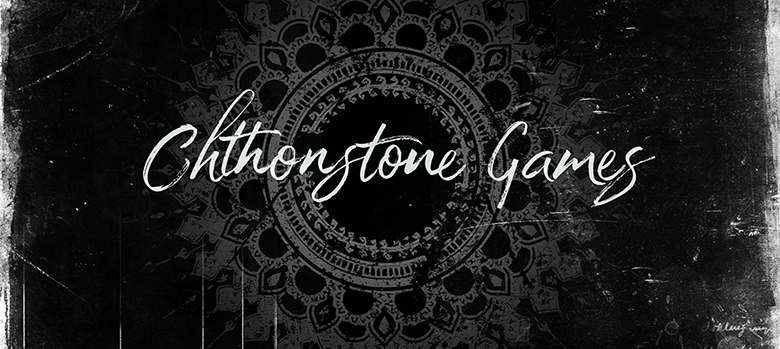Let's consider the following: here are three options and you get to choose one when your character gets a bonus.
- +1 attack bonus.
- +1 damage bonus.
- +2 damage bonus.
What happens if we add more context to each choice?
- +1 attack bonus, vorpal blades.
- +1 damage bonus, acid.
- +2 damage bonus, fire.
I wrote this real fast because the above is one of my go-to examples. Anyway, here's some more just to wrap it up:
Now apply this logic to all choices in a game. If you have a choice between four different character classes and one of them is obviously overpowered, everyone will choose to play that one. Perhaps some people will choose another because of the aesthetics or whatever promises it makes, but if the play experience shows the same one class getting all the spotlight time, then those classes are out of balance.
Imagine a game called Caster Supremacy, with 4 character classes:
- Archer: +5 attack, +3 damage, Bow, Attack Range: 100 feet.
- Fighter: +3 attack, +5 damage, Sword, Attack Range: Touch.
- Thief: +1 attack, +1 damage, Dagger, Attack Range: 30 feet.
- Wizard: +6 attack, +6 damage, Magic Missile, Attack Range: Sight / Infinite.
If one class looks overpowered, but playing the game shows that actually all four classes get spotlight time, have meaningful roles to play, fill different niches, and follow through on whatever promises their aesthetics made to the people who play them, then those classes are balanced. Even if they don't look like it. Because balancing choices isn't always about making all the numbers equal, it's about making different people's different choices enjoyable and not suck.
This is true of every choice a game offers players. If they all lead to distinct outcomes, each of which might be desirable for different reasons (or different people, different circumstances, etc), and none of those choices are traps, then the game is "balanced."

